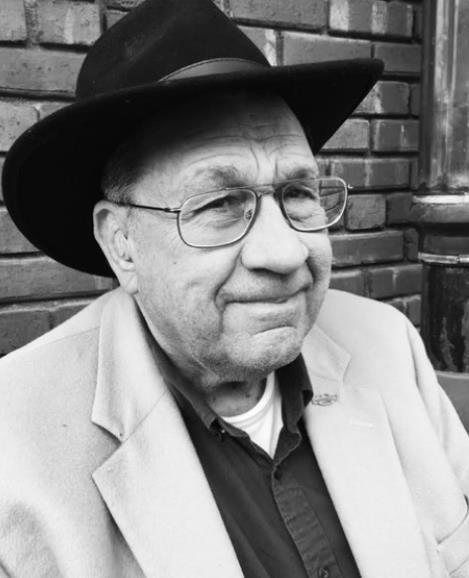
THE JOURNEY CONTINUES: PAUL BUNTYN, PASTOR EMERITUS OF ABUNDANT LIFE CHRISTIAN CHURCH
This week is the fifth article about growing up Black in America: “I (we) attended an elementary school in Harlem on the next block over, 113th Street, because I lived on 114th Street, which was tagged in the New York Post as the ‘Dirtiest and most dangerous block in America’” (published in 1961-62 as I recall). I first read the article when I was a sophomore at Aviation High School; and it was kinda embarrassing because many of the white students knew I lived around that neighborhood.
Living on 114th Street put me equal-distance between the elementary school and the junior high school – both down the street from the apartment tenement where my family lived. Eight people living in a one-bedroom apartment. If you wish to get a real panoramic view of the household dynamic, you can purchase our family book: Cornbread in Buttermilk, A Dedication Book to Our Grandmother, a true sacrifice of love written by my siblings and me five years ago. (Available through Amazon books in soft and hard cover).
Harlem was close to 98% Black and Puerto Rican. Both my elementary school and junior high school were 95% Black/Puerto Rican (west Harlem where I lived was 99% Black/Puerto Rican and east Harlem was 70% Hispanic). For the first nine years of my public school education I was taught primarily by black teachers, with a few white teachers who dared to teach in Harlem. Our teachers taught us with a ‘tough love persona.’ They truly indoctrinated us on how important getting our education was as the key to our success. While in elementary classes, we had to read books like Fun with Dick and Jane; Streets and Roads, and an advanced book titled More Streets and Roads. These books were clearly sending an inferiority message on the role of blacks – yet while in elementary school non of us were aware of this message. After all, we were just concentrating on how to read and read well. We were reading material teaching through visual education – for instance, in the books the white families lived in nice homes with pets and automobiles – and the father would dress in a nice suit to go to work while the mother would stay home and fix lunch and dinner and wait for the children to come home to a nice hot meal. If there were any blacks in the photos, they were serving the white people. Some of the books had white people living on farms – they lived in big farm houses with farm animals that black people took care of. During the school day, we had a period labeled ‘Fun Reading’ where we were introduced to a book titled Little Black Sambo. I challenge those who are reading this article to look up this book so you can view how black children were indoctrinated about their selfworth in the eyes of society in the 1950s-60s.
These early introductions to my/our young minds set a tone for the way society viewed black American children. This early influence moves through a continuum up through junior high school. However, I believe I was taught well and introduced to a high level of musical and the dramatic arts genre. Being involved in sports and musical arts afforded me the privilege to travel outside of Harlem to arenas I did not know existed. It basically broadened the restrictive social blinders to see things a little clearer. In other words, I was able to see the differences between how blacks lived and whites lived. No matter what I was involved in – the white side of Harlem and the other areas in NYC like Queens, Long Island and some parts of Brooklyn, this put the racial environment in perspective. This was when I started personally asking questions as to “why does it exist this way?”
My life verse is from Paul in Ephesians 3:20: “Now to him who is able to do immeasurably more than all we ask or imagine, according to His power that is at work within us.”











